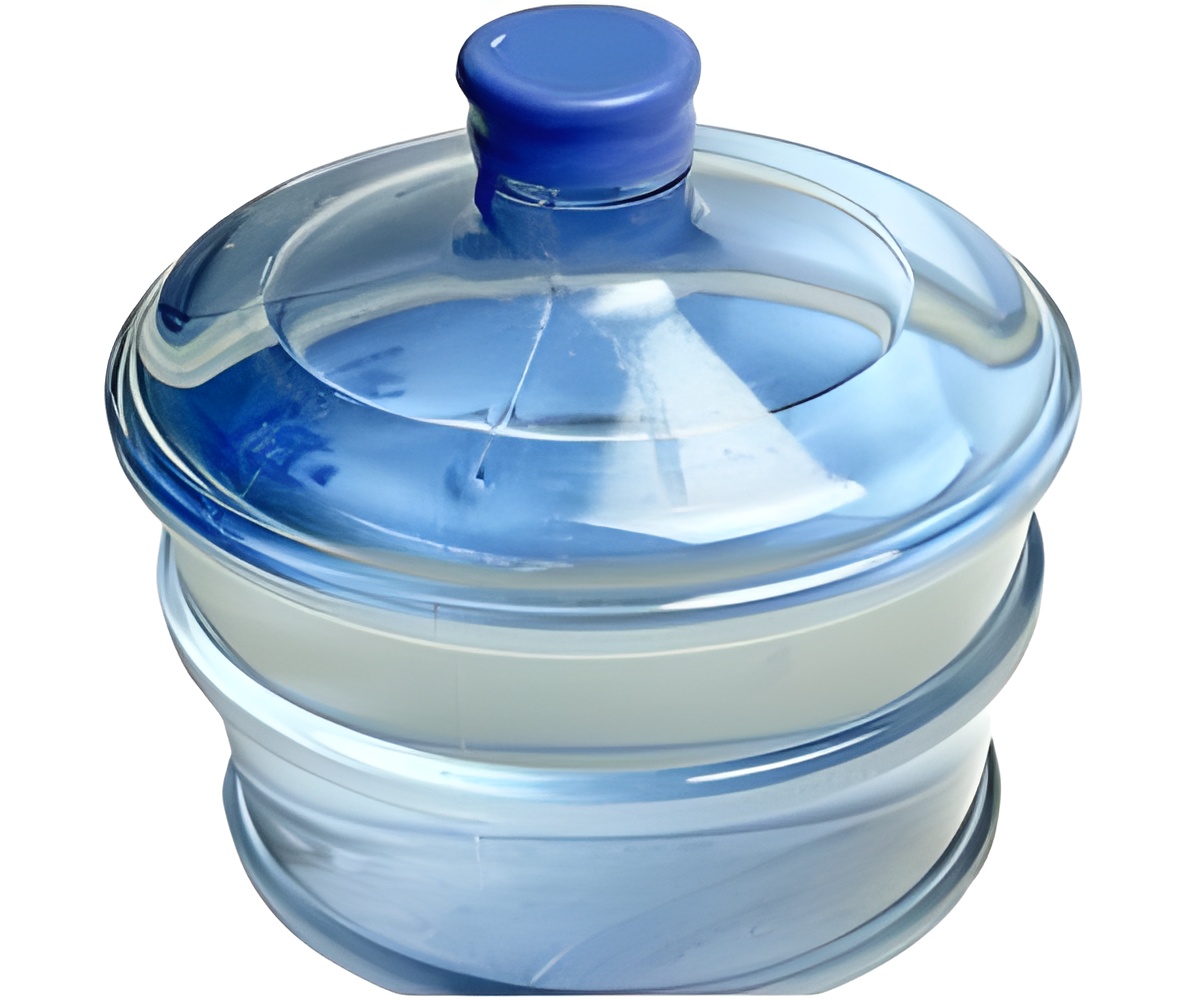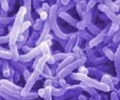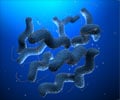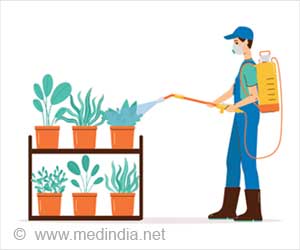
That allows heat and ultraviolet radiation to wipe out most pathogens that cause diarrhea, a malady that kills 4,000 children a day in Africa.
It's a different story if the water is murky, as it often is where people must fetch water from rivers, streams and boreholes.
"In the developing world, many people don't have access to clear water, and it's very hard to get rid of the suspended clay particles," said Joshua Pearce, an associate professor of materials science and engineering.
"But if you don't, SODIS doesn't work. The microorganisms hide under the clay and avoid the UV," he explained.
Thus, to purify your water, you first have to get the clay to settle out, a process called flocculation.
Advertisement
Salt is inexpensive and available almost everywhere. And it doesn't take very much to make muddy water clear again.
Advertisement
This would still be too much salt to pass muster as American tap water, but American tap water is not the alternative.
"I've drunk this water myself. If I were somewhere with no clean water and had kids with diarrhea, and this could save their lives, I'd use this, no question," he added.
Salt works best when the suspended particles are a type of clay called bentonite. The technique doesn't work as well with other kinds of clay.
However, by adding a little bentonite with the salt to water containing these different clays, most of the particles glom together and settle out, creating water clear enough for SODIS treatment.
Pearce and Dawney are running more tests on water containing various types of clays, and they are also investigating different soil types across Africa to see where their methods might work the best.
Their paper has been accepted for publication in the Journal of Water, Sanitation, and Hygiene for Development and will appear in June. (ANI)
Source-ANI











